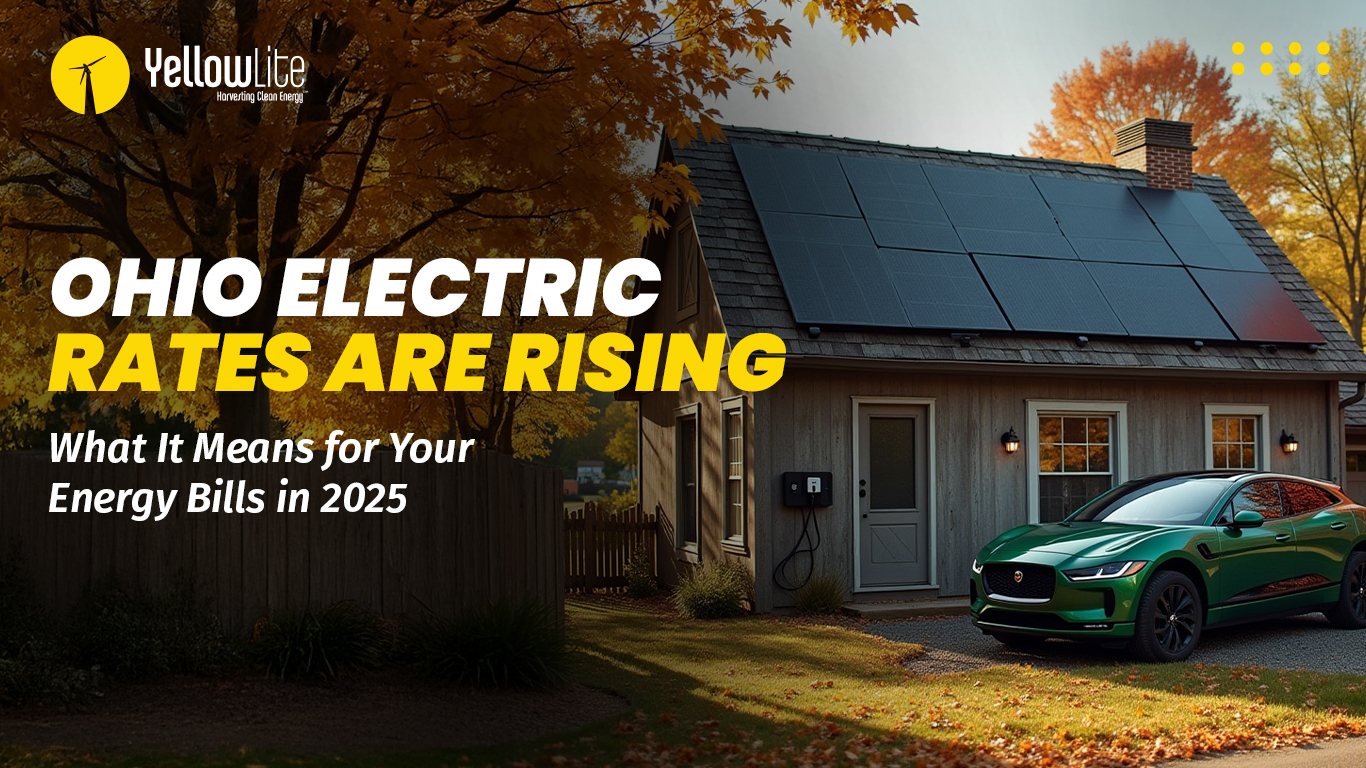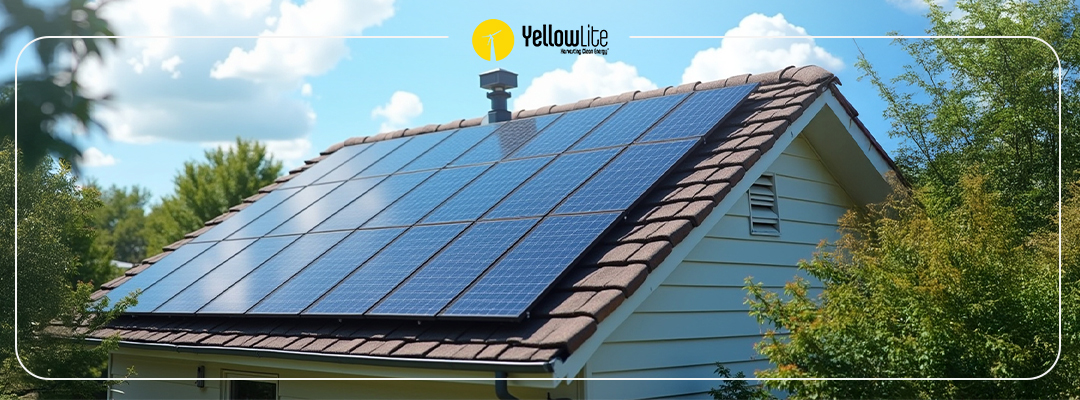Some in Ohio are suggesting that solar power for commercial and residential installations is growing at such a high rate that it may be too difficult to measure it. Even so, according to a statewide renewable energy group, Green Energy Ohio (GEO), the state still isn’t in the top 20 for production. Although difficult to pin down exactly, GEO has collected data from the Public Utilities Commission of Ohio (PUCO) and estimates the state now produces in excess of 120 MW from over 1,500 solar energy installations.
At the time of this posting, the PUCO and two major utilities, FirstEnergy and AEP Ohio, are in the midst of reviewing rate cases in a way that can have significant impact on both costs and future policy. And an Energy Mandates Study Committee has been empaneled to review current policy. While this topic is not new even to readers of YellowLite’s blog, now is a good time summarize and update.
The Two Important Parts to Ohio’s Energy Future
Whether or not you favor the status quo or a more active renewable energy future, the position of the utilities as demonstrated by active rate cases presented to the PUCO and the current state of energy policy both shed light on near future and longer impacts on electricity costs. Here we simply update you from our past conversations about policy and rising electricity rates and about the role of solar energy systems in controlling costs.
The most interesting window of time begins in 2008 with the passage of renewable energy and energy efficiency mandates.
First some facts and data points:
The 2008 law required power companies to generate a certain percentage of their energy from renewable sources and to institute efficiency initiatives. The standards called for 25 percent of the energy to be created from advanced sources by 2024 and a reduction of electricity use by 22 percent by 2025.
FirstEnergy and AEP have both proposed ratepayers pay more for coal and nuclear facilities that are no longer competitive against cheaper, more efficient gas facilities and the steadily increasing contribution from renewables. Most utilities acknowledge they see renewable energy and especially solar energy generation as putting additional cost pressures on operating legacy facilities.
FirstEnergy and AEP are essentially of one mind. However, FirstEnergy is taking the more active role. The generator has asked ratepayers to subsidize operations at a handful of plants, and is awaiting a decision from state regulators regarding its Davis-Besse nuclear plant and the coal-fired H.R. Sammis facility. The utility position is that these older power plants and the money requested to keep them running are essential. They are needed to avoid blackouts, brownouts, and higher customer electricity bills.
By contrast there is Dynergy, a newer entrant into the Ohio electricity market. The company purchased over 12,500 MW in local generating facilities in the past year. They are lobbying for less subsidy and a market driven energy policy, even while admitting their own coal facilities struggle but basically break even.
Independent of the power generation cost debates, all utilities agree that the energy efficiency goals can be met at reasonable costs.
The Positive Signs
OH has a growing and thriving solar energy market. But there are a few factors that interested parties should know, especially those considering investing.
- 2008 Legislation put on hold for 2 years, with the intent to investigate costs and find the most economical path to a greater use of renewable energy. Should no new legislation or regulation follow, it reverts to plan after the hiatus.
- In the first related opinion from rate case review, the PUCO has begun to question the accuracy of some of the pricing claims presented by FirstEnergy. Essentially, current wholesale prices are not increasing as expected, and casts doubt on the precision of original claims by the utilty.
- The appointed commissioner of PUCO may have already signaled his intent to at least be neutral in a public statement about his view of statements to ratepayers by FirstEnergy, likening them to scare tactics. A summary of the FirstEnergy view from its CEO is here.
- He also has a somewhat positive view of the history of the deregulated market for OH.
- The Energy Mandates Study Committee has also signaled that removal of the mandates is not a possible outcome, only a reconsideration of targets tied to their months long series of public hearings on the topic.
- The Committee has also announced it will include the requirements of the newly released federal Clean Power Plan in the assessment.
This is a critical point in the future of the electricity supply market for Ohio. With hardly a year left in the pause of the renewable energy mandate, both utilities and sustainable energy advocates are working hard to stake out their positions. At YellowLite, we keep a close eye on all energy related activity. Stay tuned for more updates as September will be an active month, especially since the Energy Mandates Study Committee results are expected before October. Also look for updates on the impact of the federal Clean Power Plan we reviewed earlier.
Interested in learning more about YellowLite’s renewable energy solutions? Reach out to us today to learn more.



